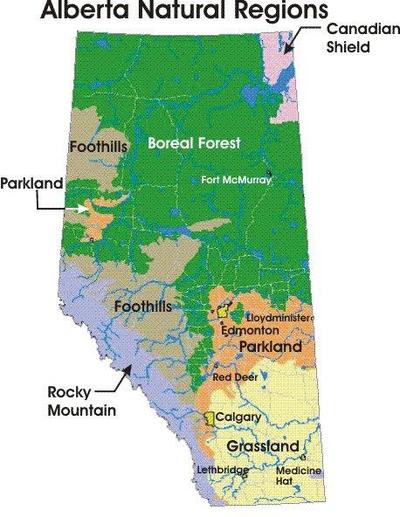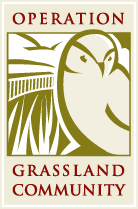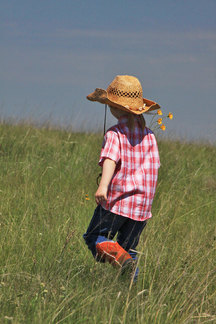Our Story, Our Work
OUR VISION
Operation Grassland Community envisions a sustainable prairie landscape where communities thrive, diverse interests are balanced, and wildlife and their habitats are in abundance. We are achieving this vision step by step, collaborating with prairie stakeholders and landowners in southern Alberta to conserve and enhance prairie habitats, while supporting diverse socio-economic interests.
OUR STORY
Since 1989, Operation Grassland Community, inspired by its ranching partners, has remained open and receptive to the changing needs of both prairie wildlife and human communities, evolving and adapting to ensure timely and appropriate action. Our work and our relationships have also shown us that sustainability is what communities want and need. Through collaborative community effort, Operation Grassland Community is working to fill this need. Some highlights of our work include:
- Hundreds of ranching members acting as voluntary stewards & protecting >900,000 acres of prairie habitat.
- A ranching membership who work with us to conduct annual wildlife surveys, develop Benefiical Management Plans, and implement Wildlife Habitat Enhancement Projects.
- Partnerships with schools to provide specialized youth education opportunities on the importance of a sustainable prairie.
- Engaging and inspiring others: reaching 1000’s of rural and urban Albertans through print and social media, public presentations, and events, such as our urban open houses and our Conservation Caravan initiative.
WHERE WE WORK & WHY
Operation Grassland Community uniquely focuses its work on the drier, upland areas of prairie Alberta. These drier upland areas serve as critical habitats for many of the provinces species at risk (e.g., Burrowing Owl, Ferruginous Hawk, Loggerhead Shrike, and Sprague’s Pipit).
Why is this area important? The Grassland Natural Region is one of the most intensively-utilized landscapes in the world. It makes up only 14% of Alberta’s land base, yet it contains more than 75% of Alberta’s species at risk. Because 95% of this land-base is privately owned or managed, protection of wildlife and their habitats clearly requires full consideration of socio-economic realities.


